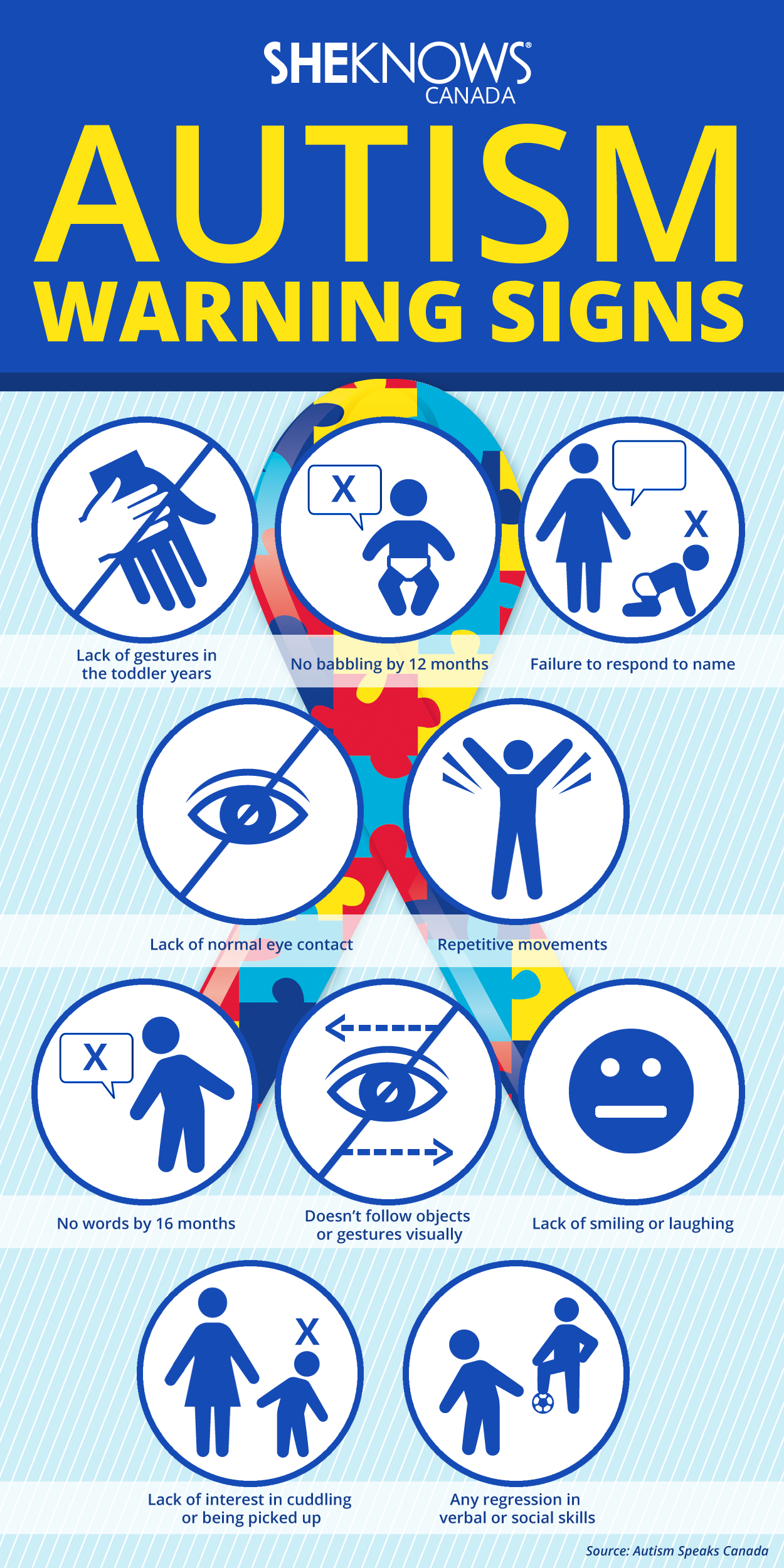Autism & Difficult Behaviour: 3-18 Years
These scenarios highlight the social obstacles several individuals with ASD face daily. Click for source Among the specifying behavior attributes of a kid with autism is problem with interaction. This can materialize in a few different means, consisting of obstacles in language advancement and problems with nonverbal communication. Nonetheless, suppressing these habits in certain setups can result in problems in self-regulation, sensory overload, fatigue, or exhaustion [6] On the other end of the spectrum, hyposensitivity is likewise common in youngsters with autism. This can materialize as a consistent demand for motion, problem acknowledging sensations like hunger or pain, and destination to loud sounds, brilliant lights, and lively shades.
What Are Social Skills?

Monitoring Websites And Treatments
- However, changing security catchment areas in time can make complex analysis of trends.They assist us navigate connections, interact demands, and understand the globe.Embellished plans, such as Habits Support Plans (BSP), are vital for sustaining kids with autism in school settings.They typically experience overwhelming feelings when confronted with unanticipated changes.Autism Spectrum Problem is an intricate developing problem with varying levels of impact on a person's social communication, communication, and actions.
Even a teenager or adult might suddenly break out crying over a change in strategies or a neglected water bottle. In many cases, autistic kids can be impulsive or self-harming or they might flee (called "bolting") for factors that are unapparent to parents or peers. Below are some usual indicators revealed by individuals who have autism range problem.

A neurotypical 12-year-old need to have the ability to happily thank a grandparent for a present they do not really want. Autistic children frequently show up immature for their age; an autistic teenager might act like a much more youthful youngster. Difficulties with social interaction can make it hard for an autistic kid to tell when their activities might be hurtful. When it comes to supporting people with ASD, there's no one-size-fits-all method. Instead, it's about producing a tool kit of approaches that can be customized per person's one-of-a-kind needs and staminas. As people with ASD enter adulthood, they encounter brand-new obstacles connected to freedom, work, and relationships. Some adults might display child-like actions, which can be misinterpreted by those not familiar with ASD. It is necessary to remember that these habits are not an option or an indicator of immaturity, yet instead a symptom of their one-of-a-kind neurology. At the heart of ASD lie a number of core behavior qualities that, while usual, manifest differently in each individual.